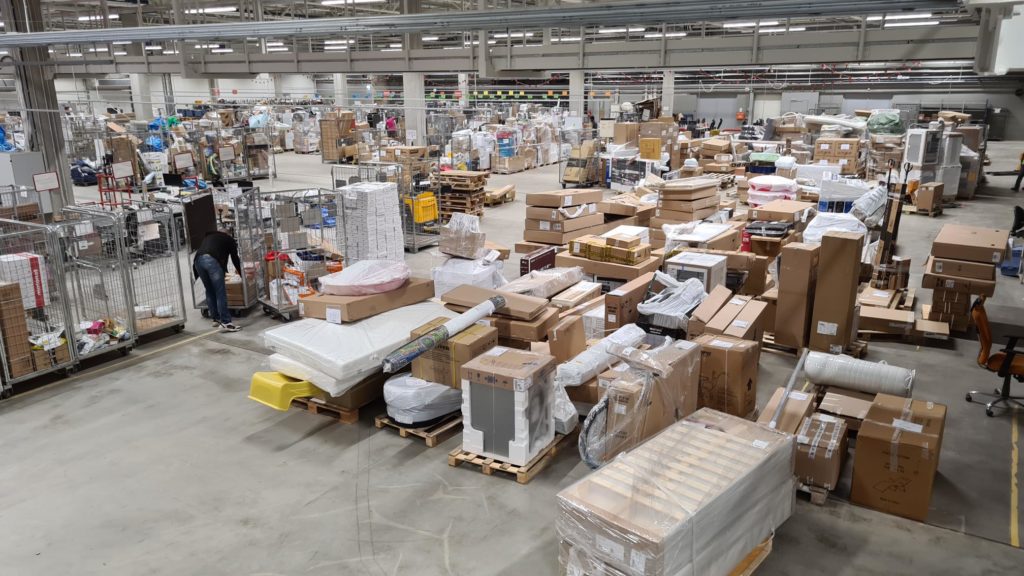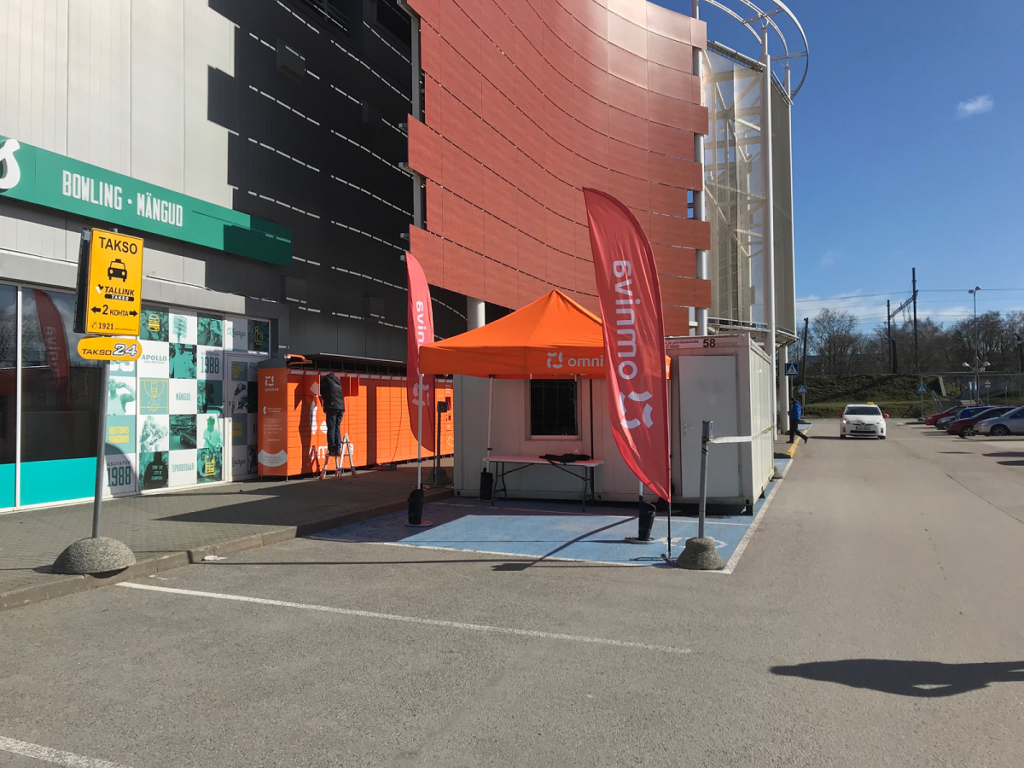Kristi Unt, head of operations at Omniva in Estonia, shares the postal operator’s experiences during Covid-19 and looks forward to a positive future
This feature represents part of a series of interviews with executives from posts around the world looking at how the global pandemic affected operations. Read the June issue of Parcel and Postal Technology International magazine and follow www.parcelandpostaltechnologyinternational.com to find out how other posts performed during these unprecedented times.
How is the pandemic affecting the postal service?
The most important factor affecting us was the massive increase in parcel volumes and at the same time closing a large number of postal offices for the quarantine period (March 13-May 17 in Estonia).
While letter delivery numbers remained stable in volumes, parcel volumes rocketed with the closing of shopping centers. During some weeks in April we saw triple volumes when compared with 2019 same period.
However, since we have a very dense network of parcel lockers all over the Baltics, we can say that we were well prepared for the situation. All our lockers are installed outside where the risk of being infected is lower and where we are not restricted by any other quarantine regulations.
Did you launch any new services to meet demand?
Omniva and Bolt launched a pilot project to test parcel delivery using the ride hailing platform as couriers. The pilot project ran for two weeks, during which Bolt delivered parcels from two main parcel dispatch points in Tallinn. The pilot project let us experience how traditional parcel delivery could function in collaboration with a modern ride hailing platform.
If the client’s parcel could be delivered using Bolt, Omniva sent an additional SMS to the customer. The link in the SMS lead to a special Bolt website where the client could order home delivery of the parcel; it was possible to include several parcels from the post office in one order. After order confirmation, Bolt sent the client a link via which they could track the parcel and its estimated delivery time using a map application.
Cooperation with Bolt enabled the clients to have their parcels delivered to their doorstep from the further than usual post office (since the usual nearby office was probably closed during lockdown). In the pilot phase, the home delivery option was offered by the post offices with the heaviest workloads – Nurmenuku post office and Majaka parcel dispatch point.
In addition to the Bolt pilot, we also developed a service where people could redirect their parcels from post office to a parcel locker or extend their shipment storage time through our web-based application (https://minu.omniva.ee/).
Did you need to hire new staff due to increased demand for delivery?
Yes, we hired some additional workforce in our sorting center and courier network. However, most of the additional workforce came from temporary inner relocation – for example employees from closed post offices could maintain their job by relocating to work temporarily in the logistics center or in a temporary parcel dispatch point.
The need for additional workforce came from high volumes of big shipments (bicycles, furniture etc.) that are too large or heavy to be sorted with our automated sorting line.
Most of the additional workforce was employed temporarily for a limited time period, since the long-term objective is to maximize automatization and minimize the amount of manual labor.
 What other methods have you used to meet demand for last-mile delivery?
What other methods have you used to meet demand for last-mile delivery?
Since during peak volumes our delivery network was overloaded, we opened three temporary parcel dispatch points in the city of Tallinn. From there we handed over parcels that did not fit into our parcel locker network (due to overflow). We designed the dispatch points to offer similar service as our parcel lockers – parcels could be received with an SMS code and by avoiding physical contact.
Also in some cases where a parcel locker was overloaded, couriers would hand the excess parcels from a delivery van next to the lockers.
Did you use autonomous solutions for last-mile delivery?
Yes, the majority of our volumes were delivered through our automated parcel locker network (more than 740 locations over the Baltics and more than 250 in Estonia). It was also the highly preferred channel by our clients, because the lockers are accessible 24/7, located outside and based on self-service. The locker screens are usable with gloves and allow contactless NFC payments.
What are the three key lessons learned as a result of the pandemic?
· Automated delivery solutions prove once more to offer the best service and experience for customers and a convenient delivery channel for operators.
- Flexibility in business operations is a must. We need to find fast solutions for drastic and fast volume changes whether it means opening additional parcel dispatch points in parking lots or co-operating with innovative startups.
· In a crisis situation such as the pandemic, people are more forgiving regarding service quality provided they are informed of the changed quality. Honest communication regarding service quality is the key to a satisfied customer.
Do you think the postal service will ever return to normal?
We see that the pandemic has a permanent effect on the popularity of online shopping. Having an online store as a business has become as important as (if not more important than) retail stores. For postal operators and logistics companies this means an increase in volumes. The pandemic introduced the perks of online shopping to people that had not experienced it before. For a lot of people it was also the first time when they got/had to use an automated delivery service. And we believe they had a positive experience which means they are willing to repeat this in the future.



